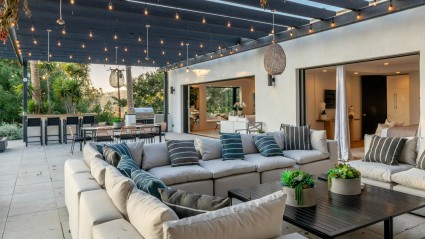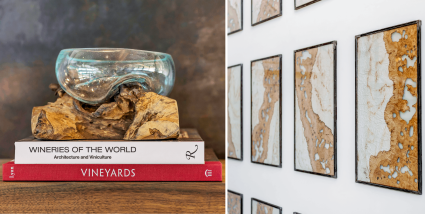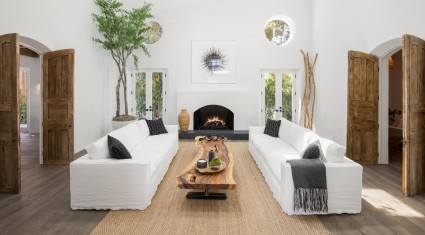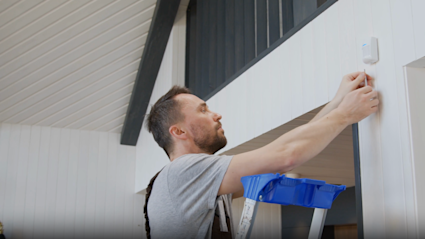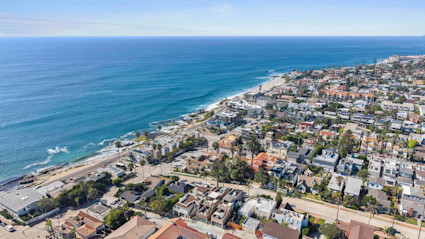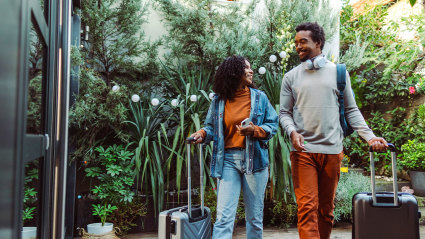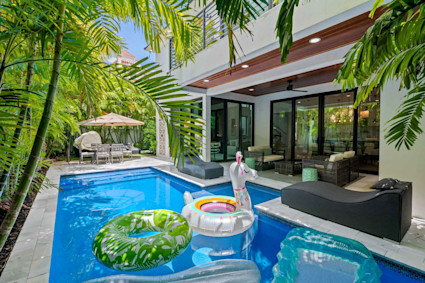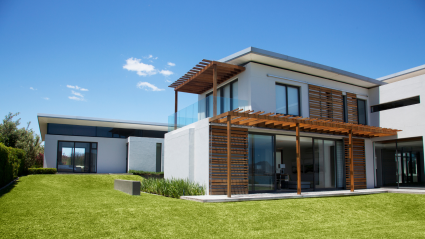The ultimate guide to beachfront property management for owners
Many dream of What makes beachfront property management different? Owning a beachfront property comes with unique demands that set it apart from other types of property care. In addition to the standard responsibilities of property maintenance, guest management, vendor coordination, and preventive care, Homes along the shore face year-round exposure to salt air, humidity, storms, and the daily wear of sand and sun. These elements can quickly erode finishes, corrode metal, and cause structural damage if not properly managed. That’s why beachfront properties require more frequent inspections, specialized materials, and proactive upkeep to preserve both their beauty and long-term value.
Beachfront vs. coastal property management At first glance, beachfront property management and coastal property management may sound interchangeable as they both deal with homes near the water. But there’s a world of difference between a property that sits on the beach and one located a few blocks or miles inland, and each requires a different level of Key distinctions: What are common challenges of beachfront property management? Beachfront homes face constant exposure to the elements which brings a unique set of maintenance challenges. Owning a beachfront home demands a proactive approach to protect both the home’s structure and long-term value. While every beachfront property faces these challenges, the severity and focus of care vary by location. A home in Maine, for instance, faces different risks than What does beachfront property management look like by region? Every coastline has its own unique characteristics, weather patterns, and environmental factors that can impact coastal homes. While all beachfront homes share common upkeep concerns, the day-to-day realities of managing them differ across the East Coast, West Coast, and Southern beaches. Northeast beachfront property management From the Jersey Shore up through Cape Cod and Nantucket, Northeast beachfront properties face harsh winters, nor’easters, and the year-round effects of salt and moisture. Management here focuses on protecting homes from cold, storms, and coastal wear. In Cape Cod and Nantucket, for example, winter prep is essential. This includes protecting pipes from freezing, servicing heating systems, and sealing gaps to keep the cold out. Every property requires attention to seasonal rhythms to stay safe, comfortable, and well-maintained. Key focus areas: West Coast beachfront property management Along the Pacific, weather is generally milder, but erosion, salty air, and strict environmental regulations create their own set of challenges. Beachfront homes in California, like this Key focus areas: Southern and Gulf Coast beachfront property management In the South, where humidity, heat, and tropical storms dominate the forecast, maintenance revolves around moisture control and weather resilience. Beachfront homes in Florida, along with those in Texas, Louisiana, and Alabama, face long summers, heavy rainfall, and intense sun exposure that can quickly wear down exterior finishes. In Miami Beach, for example, it’s important to keep a close eye on king tides, which can bring flooding even on sunny days. Homes with water access or docks require owner education on tide levels, timing, and safety. The same is true for popular destinations like South Carolina beachfront vacation homes, where consistent upkeep is key to comfort and longevity. Key focus areas: Why do many owners choose professional beachfront property management? Owning a beachfront home is rewarding but maintaining one is rarely simple. Between constant exposure to salt air, unpredictable coastal weather, and high guest expectations, the demands can quickly overwhelm even experienced homeowners. That’s why many choose to work with a professional Key advantages: Many owners find the How Pacaso elevates beachfront property management Every Pacaso home comes with a dedicated local Home Manager who supports owners and cares for the property before, during, and after each stay. Acting as a centralized point of contact, they coordinate all aspects of beachfront property management, from maintenance to day-to-day tasks, ensuring an easy and enjoyable experience for owners. In coastal destinations, where salt air, humidity, and storm exposure add extra layers of complexity, Pacaso Home Managers provide invaluable support. They keep homes well-maintained, secure, and always ready for owners to simply arrive and enjoy their oceanfront retreat. Here’s what you can expect from your Pacaso Home Manager: Comprehensive property care Personalized service and thoughtful touches Financial and vendor oversight Why co-own a beachfront home with Pacaso? Beachfront living should be about enjoying the view, not worrying about upkeep. With Pacaso, homeowners benefit from a full-service approach to beachfront property management that protects their investment, preserves the home’s beauty, and ensures every visit is effortless. Whether you’re visiting for a weekend getaway or sharing ownership year-round, Pacaso provides the peace of mind that comes with professional oversight — so you can focus on making memories, not managing the property.
Read